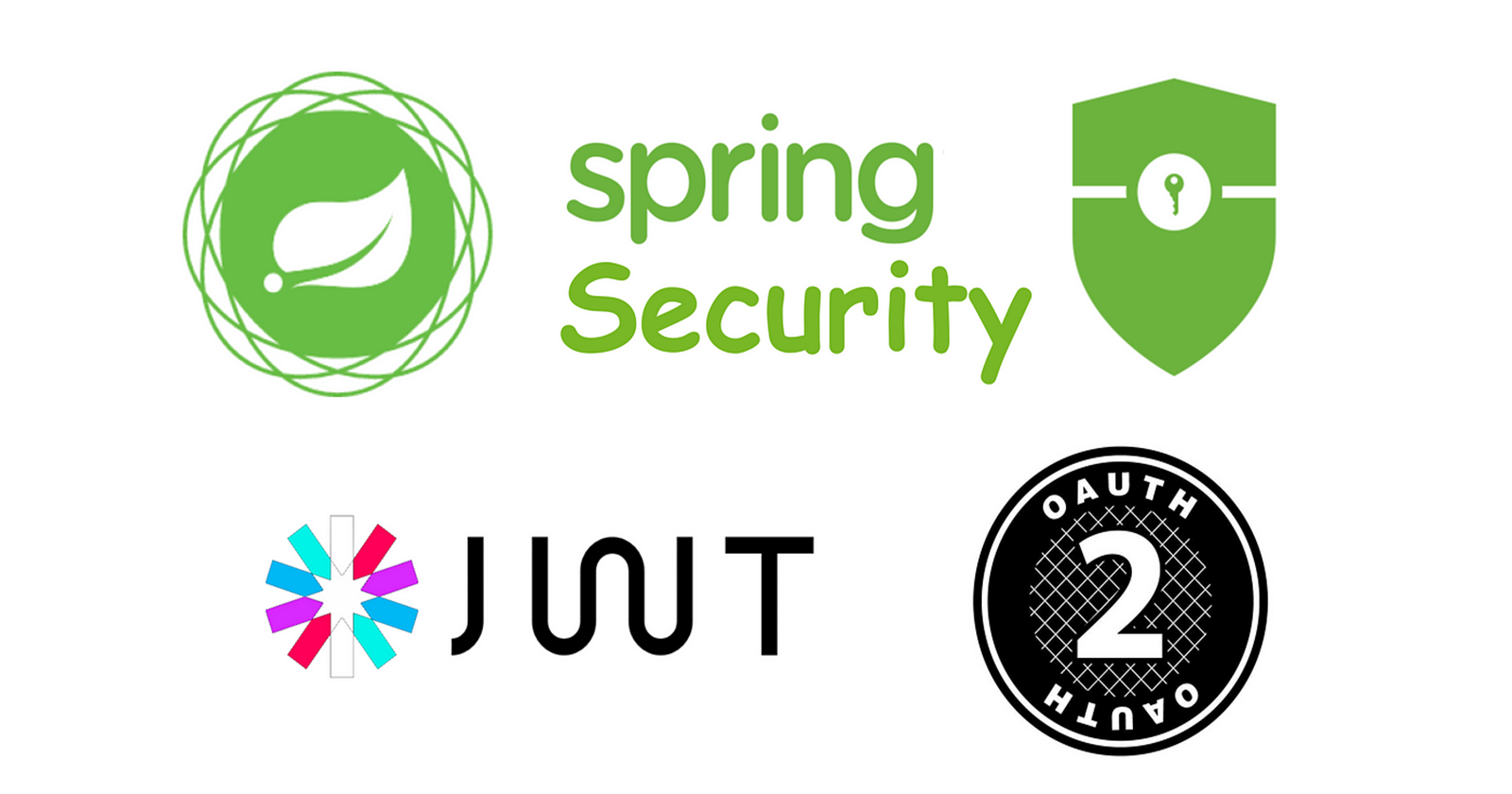Guardians of the Gateway: JWT vs. OAuth2 for Spring Boot Security
 Amey Pote
Amey Pote
Imagine you're hosting a party with exclusive invites and a strict guest list. Only invited guests can enter, and once they’re in, they’re free to roam. Sounds simple enough, right? But, what if you need different levels of access for different rooms, like the VIP lounge or kitchen? This is where the concepts of JWT and OAuth2 come into play in the world of Spring Boot application security.
Scenario 1: The Humble Guest List (JWT)
Think of JWT as a personalized invitation that guests can carry with them as proof of entry. Here’s how it works:
Invitation Creation: You create a guest list, and for each guest, there’s an invitation (JWT) containing their name, the event date, and a unique access code.
Entry at the Door: When a guest arrives, they present their JWT (invitation). The bouncer (your server) verifies it and lets them in.
Roaming Freedom: Once inside, guests can move freely without repeatedly checking in, as their JWT is a self-contained credential.
JWT is like an all-access pass – it doesn’t need constant verification once inside the application.
Scenario 2: The Grand Ball (OAuth2)
Imagine a more exclusive event, where guests need a multi-step process to get in:
Invitation Creation: You issue a general invitation to a prestigious organization, known as the Authorization Server.
Guest List Check: The organization verifies the guest’s identity and provides them with a temporary pass (an authorization code).
Entry Process: The guest presents the temporary pass to the bouncer, who swaps it for a permanent access token.
Room Access: The guest can now use this token to access different rooms, with the server verifying permissions each time.
OAuth2 is like a tiered security system – it has checks at every level to ensure that the right people have the right level of access.
Key Differences Between JWT and OAuth2
| Feature | JWT | OAuth2 |
| Purpose | Authentication and information exchange | Authorization and access delegation |
| Token Format | Self-contained JSON token | Token issued by an authorization server |
| Stateful-ness | Stateless | Stateful (requires server-side storage) |
| Complexity | Simpler to implement | More complex to implement |
| Security | Relies on secure key management | Relies on secure authorization server implementation |
Choosing the Right Token Strategy
JWT: Perfect for straightforward scenarios where users simply need to prove who they are. It’s like handing out an all-access pass for instant entry.
OAuth2: Ideal for complex applications with multiple users, clients, and resources. It allows finer control, like having different rooms that only specific guests can access.
JWT and OAuth2 in Real-World Applications
In many applications, JWT and OAuth2 work hand-in-hand:
OAuth2 for Authorization: The authorization server grants an access token to the guest, acting as a gateway.
JWT for Authentication: The access token allows them to generate a JWT to enter specific rooms (protected resources).
This combo offers layered security and flexibility for both verifying identity and granting resource access.
Implementing JWT and OAuth2 in Spring Boot
Spring Boot makes it easy to integrate both JWT and OAuth2.
Using JWT in Spring Boot
JWT Configuration with Spring Security: Configure Spring Security to recognize JWT tokens for authentication.
Token Generation: Use libraries like JJWT to create and sign JWT tokens.
Token Validation: Add filters to validate the JWT in requests, ensuring only authenticated users can access specific endpoints.
Using OAuth2 in Spring Boot
Spring Security OAuth2 Configuration: Configure both the resource server and authorization server for token handling.
Token Exchange: Implement a token exchange mechanism to allow users to get access tokens.
Resource Protection: Protect resources with OAuth2, only allowing token-holding users to access protected endpoints.
Wrapping Up: JWT vs. OAuth2 for the Party Host
By understanding JWT and OAuth2, you’re equipped to secure your Spring Boot applications, balancing simplicity and control. If you need a simpler setup with clear-cut access, JWT will do the job. For more complex applications, OAuth2 provides the flexibility to grant, verify, and limit access precisely. With both at your disposal, you’re ready to host the perfect party – complete with all-access and VIP-only rooms!
Subscribe to my newsletter
Read articles from Amey Pote directly inside your inbox. Subscribe to the newsletter, and don't miss out.
Written by
